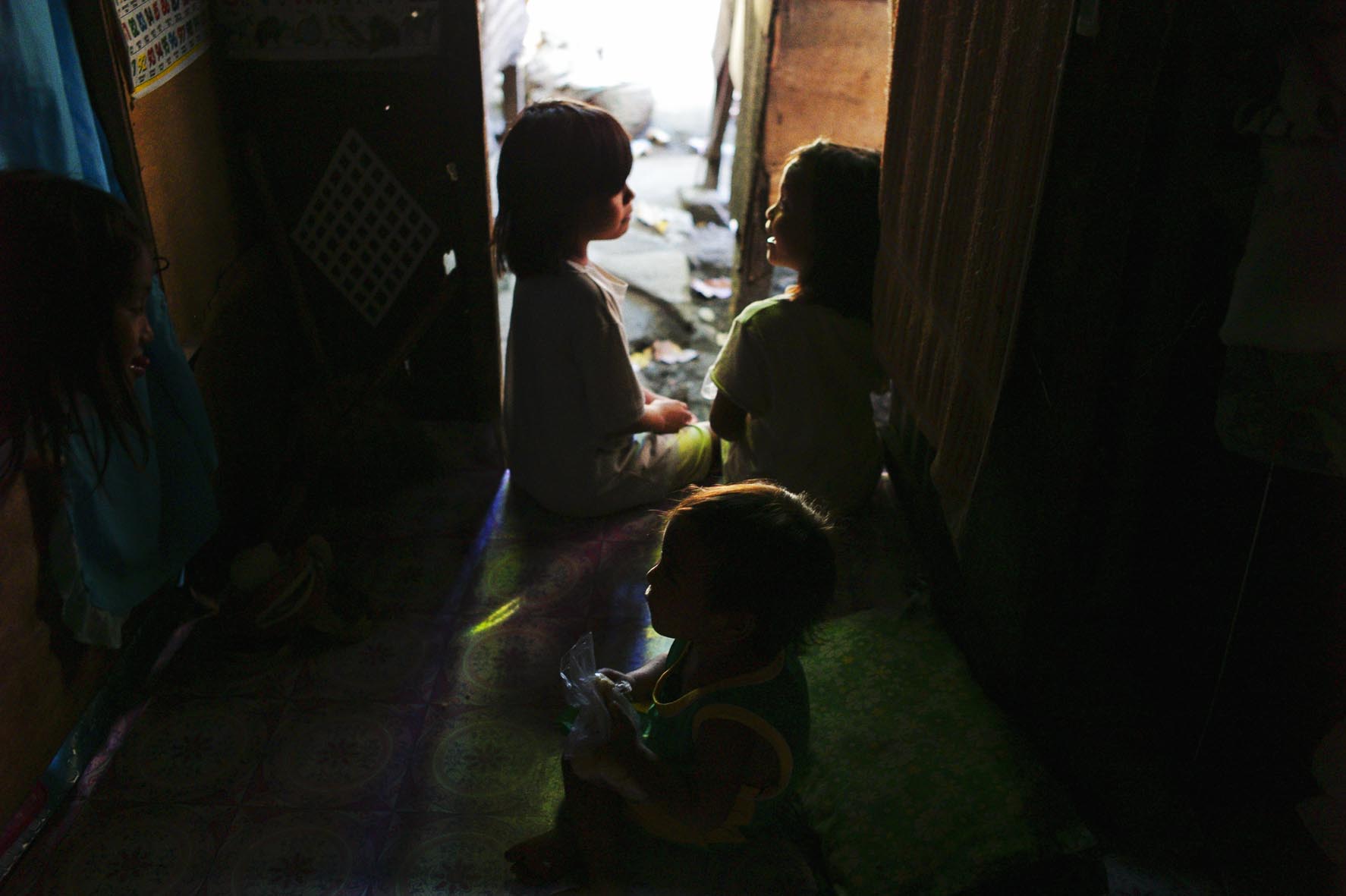Scarlet* first saw Robert* playing bass for a rock band, and she was instantly smitten. When they were introduced by mutual friends, Robert was equally taken by the 19-year-old. It was young love spent in motel rooms where romantic promises for the future were exchanged. One of those promises was for Robert to stop injecting drugs.
And for a while, Robert did—at least up to the time he and Scarlet became a couple and had their first child. When Scarlet got pregnant a second time, Glory Reborn, a charity birthing clinic in Cebu that she was referred to, offered her an HIV test as part of her prenatal exams.
Her test revealed she had HIV. Accusations of cheating were hurled. At the suggestion of HIV counselors, Scarlet dared, prodded, and finally cajoled Robert into getting tested. Robert's test came, and it was positive for HIV. He most likely got infected when he went back to injecting drugs in the shooting galleries where sharing a service needle—a needle that the dealer has on rotation for anyone to use—is common.
"I didn't even know that much about HIV. I thought it was a disease only for the gays or the prostitutes]," said Scarlet, now 23.
Skyrocketing HIV infection rates
HIV infection rates are on a decline globally, but the Philippines is one of nine countries in the world where HIV rates continue to increase. Along with Bangladesh, Indonesia and Sri Lanka, our country saw the rate of new HIV infections increase by more than 25 percent from 2001 to 2011.
More than 80 percent of the total 30,356 HIV cases in the Philippines were reported over the last five years leading to 2015. If this trend continues, the Department of Health (DOH) forecasts that HIV infections could reach 133,000 by 2022.
Low condom use and high fertility rates combined with increasing HIV infections among injecting drug users pose an additional concern for health experts who worry about what they call "downstream" HIV infections—when the virus spreads to people who are not typically at risk for HIV, like women who do not engage in high risk behavior and babies who acquire the virus through mother-to-child transmission.
Women at high risk
The Joint United Nations Programme on HIV/AIDS or UNAIDS estimates that 50 million women are at risk for HIV infection through intimate partner transmission. Women are infected by HIV not because of their own sexual behaviors but because their partners engage in unsafe behaviors like buying sex or injecting drugs. According to the report, more than 90 percent of the 1.7 million women living with HIV in Asia acquired the virus from their husbands or from their boyfriends while in long-term relationships.
Hilary Overton, a midwife and founder of Glory Reborn, has seen more and more pregnant women test positive for HIV and has noticed a pattern among these women.
"They would come during the later stages of their pregnancy with very little knowledge about HIV. They were all scared and confused after learning their test results," said Overton. Also, most of these women did not typically fit the HIV risk profile. They were not engaged in sex work or shooting drugs, but their partners were.
Women like Scarlet who do not typically fit the HIV profile are often left out or alienated by prevention messages that target mostly men who have sex with men (MSM) and sex workers. "We need to find a way where we can encourage women to get tested–even before they are pregnant," said Overton.
Data shared by the Sotto HIV Treatment Hub in Cebu showed that the clinic had treated 42 HIV positive pregnant women since 2010. Dr. Chamberlain Agtuca, head of the Sotto treatment center, estimated that 60 percent of the women were housewives or partners of men with high-risk behavior.
"Women (only) discover they are positive when they are offered an HIV test during their pre-natal exam. There is a missed opportunity for prevention and early detection because her partner did not disclose his status or does not know it," said Dr. Ilya Tac-an head of the Cebu City Health Department HIV/STI Unit.
Last year, the DOH listed Cebu as one of the six Philippine cities where HIV may reach "uncontrollable levels" without aggressive intervention and prevention programs set in place.
Living with HIV
Scarlet gave birth a few weeks off her due date via c-section (recommended for women living with HIV to prevent mother-to-child transmission) last November. The next day she found out that Robert, whom she separated, had died.
Over the next months for about a year, their child will have undergo periodic testing and monitoring to see if he has been infected with HIV. "Sa dami-daming nangyayari, ewan ko na. Nagpr-pray na lang ako ngwalang HIV ang baby ko [So much has happened, I don't know anymore. I am just praying that my baby does not have HIV]," said Scarlet.
*Names have been changed to protect privacy.













